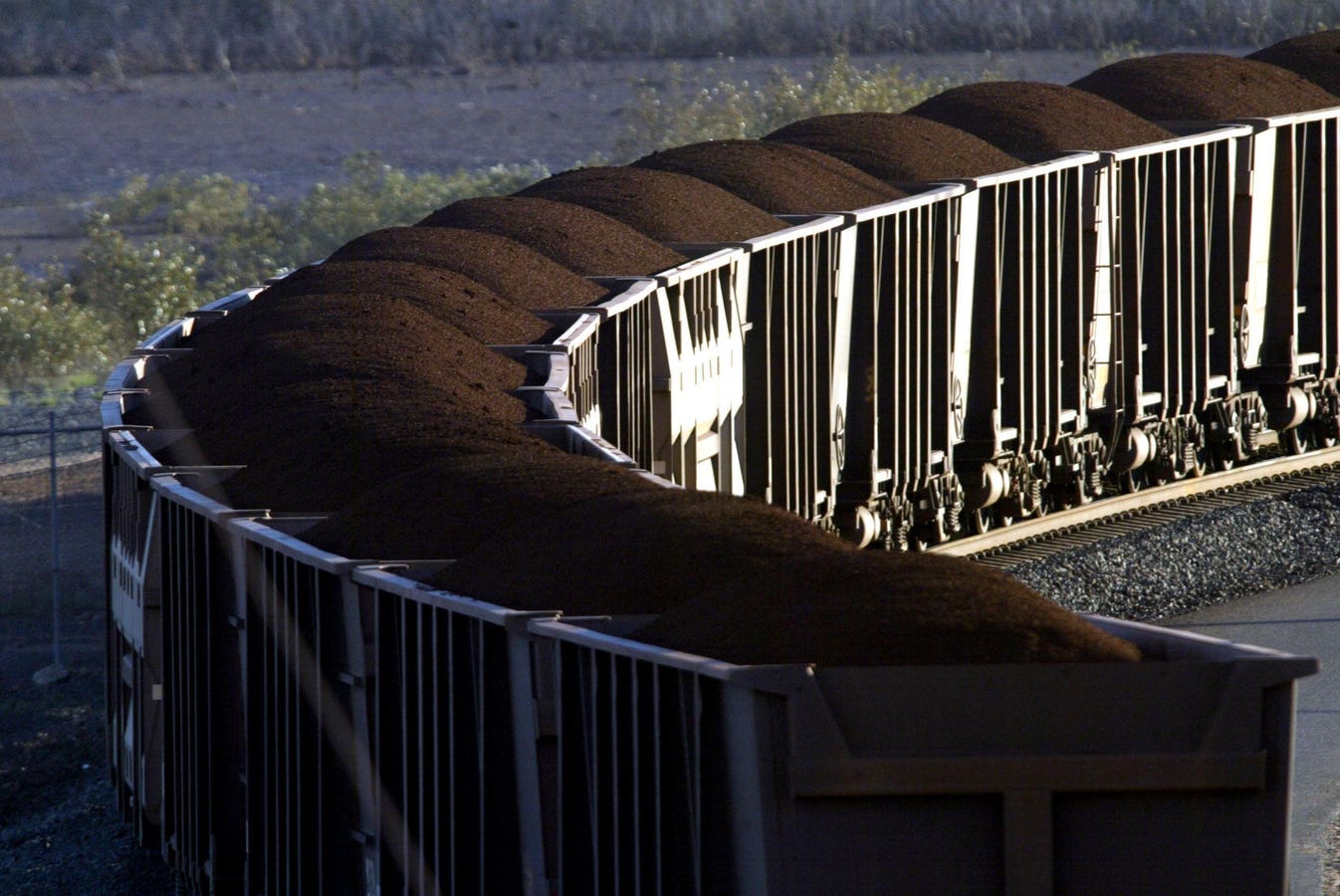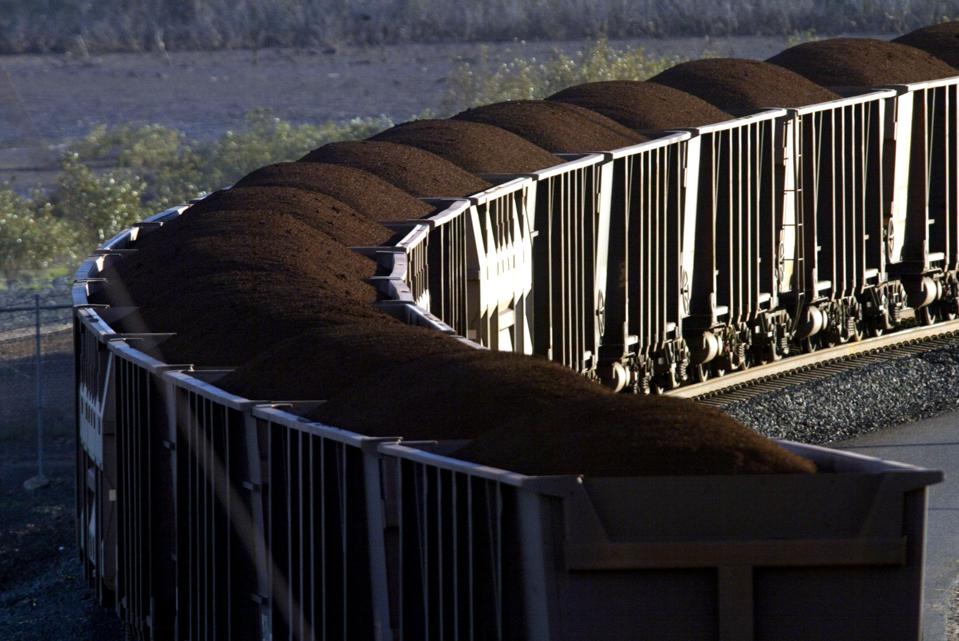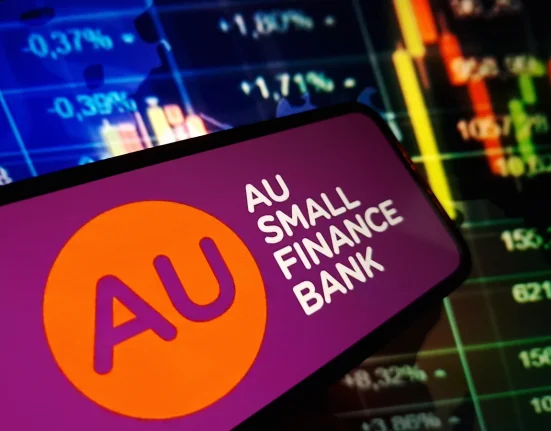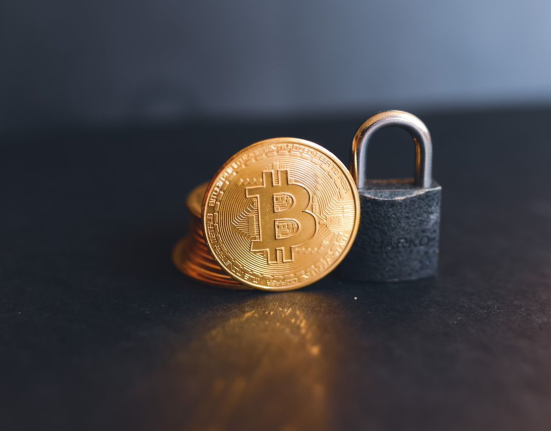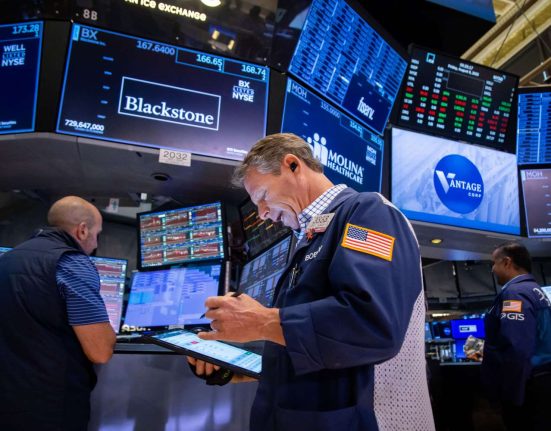Investors today looked through a reduced dividend and 26% fall in the annual profit of BHP, lifting the share price of the world’s biggest mining company, by 1.5% in Australian trading.
The modest share price increase to A$42 came despite a decline in the company’s net profit from $13.7 billion to $10.2 billion in the 12 months to June 30.
Iron ore was the major profit contributor to BHP’s annual profit, but copper is fast catching up. (Fairfax Media via Getty Images via Getty Images)
Fairfax Media via Getty Images
Earnings before tax and other charges (Ebitda) were down 10% from $29 billion to $25.9 billion.
Shareholders will receive a final dividend of 60 cents a share, down 14c on the previous year’s final payout of 74c, taking the annual distribution to $1.10 compared with $1.46 on 2024 earnings
Iron ore was the biggest profit generator for BHP which is the lowest cost producer of the world’s big miners of the steel making ingredient, contributing $14.4 billion to group Ebitda, down 23.8% on the $18.9 billion of the previous financial year thanks to a fall in the iron ore price.
Copper, which is fast becoming the primary profit generator for the company, contributed Ebitda of $12.3 billion, up 44% on the $8.6 billion of the previous year.
Coal Trouble
Profit from coal, mainly metallurgical or steel-making material, crashed from $2.3 billion to $573 million and brought a warning from management that high Australian taxes and royalties could see marginal cost mines closed.
A similar warning was made about the company’s mothballed nickel business which faces possible sale unless the price of the metal, used to make stainless steel as well as being used in rechargeable batteries, improves.
A glut of nickel from low-cost mines in Indonesia has upended the global nickel business with the surplus expected by BHP to continue in the near term.
BHP CEO Mike Henry. (Photo by Wayne Taylor / Australian Financial Review via Getty Images)
Fairfax Media
BHP chief executive Mike Henry focused on strong production from the company operations which included record output of iron ore and copper.
“Financial 2025 was another strong year for BHP, marked by record production, continued sector leadership and disciplined capital allocation,” he said.
The outlook for BHP’s mix of commodities was mixed, Henry said.
“Growth is expected to ease to 3% or slightly below in the near term amid shifting trade policies, yet demand for commodities remains strong, particularly in China and India,” he said.
Investment in new projects is expected to dominate news flow from BHP over the next two years, continuing a trend seen last year when capital outlays on mine development reached $10 billion, close to double the level of three years earlier.
This year and next, capital spending on development and exploration, is forecast to be running at $11 billion before slipping back to $10 billion annually for the outer years.
First Potash In 2027
The Jansen potash project in Canada is the company’s primary development focus with first commercial production of the crop fertiliser scheduled for mid-2027 while a second stage of Jansen has been delayed.
Investment analysts welcome the latest result with the Canadian bank RBC Capital Markets telling clients that the dividend was better than expected as were costs which were lower than expected.
“BHP reported another strong set of result which highlights the consistency of the business,” RBC said while sticking with a share price target of A$44, up slightly on last sales at A$42,
“The company is balancing a shift towards growth (namely copper) and is continuing to pay compelling dividends which add to the investment case.”

